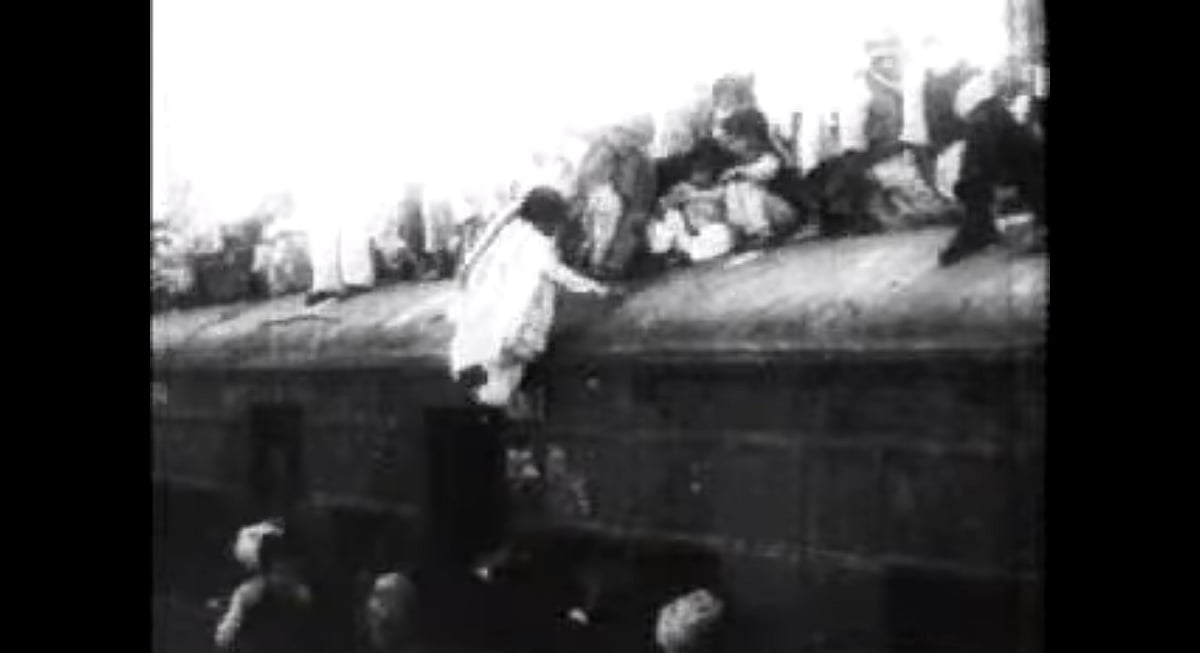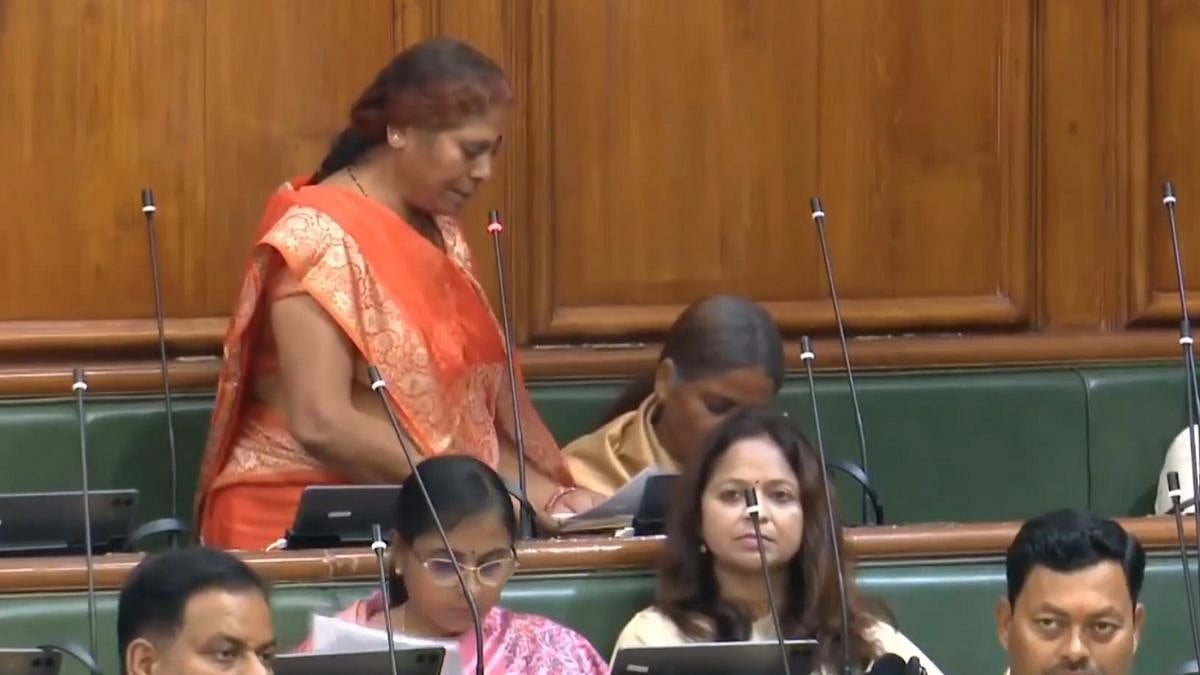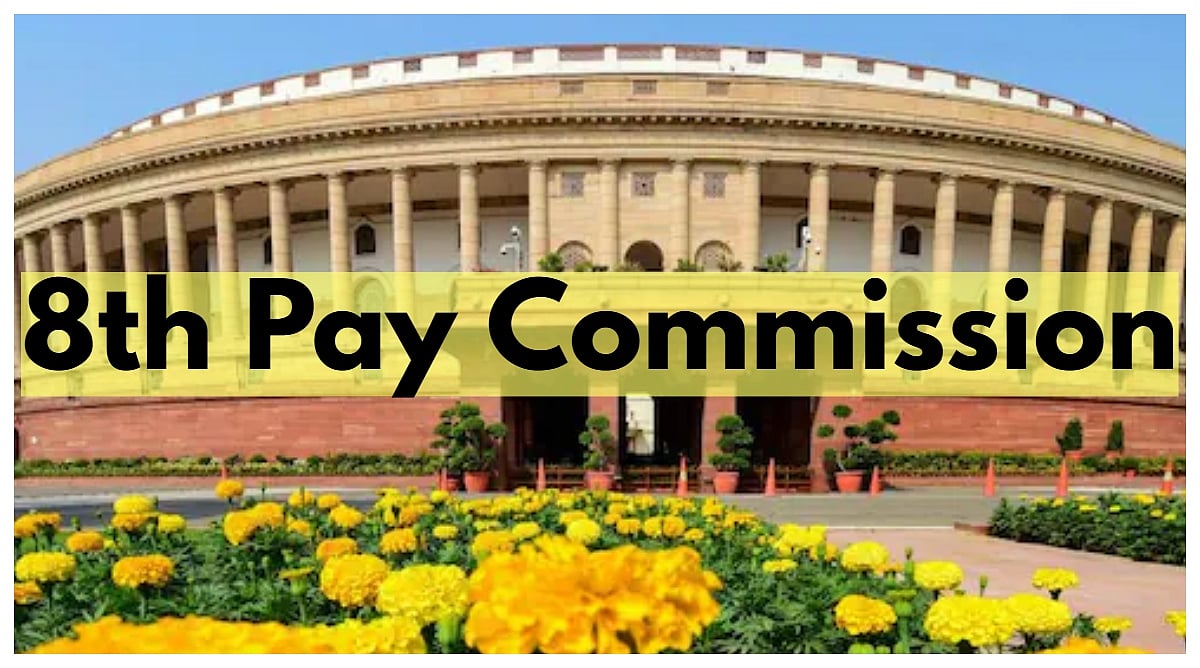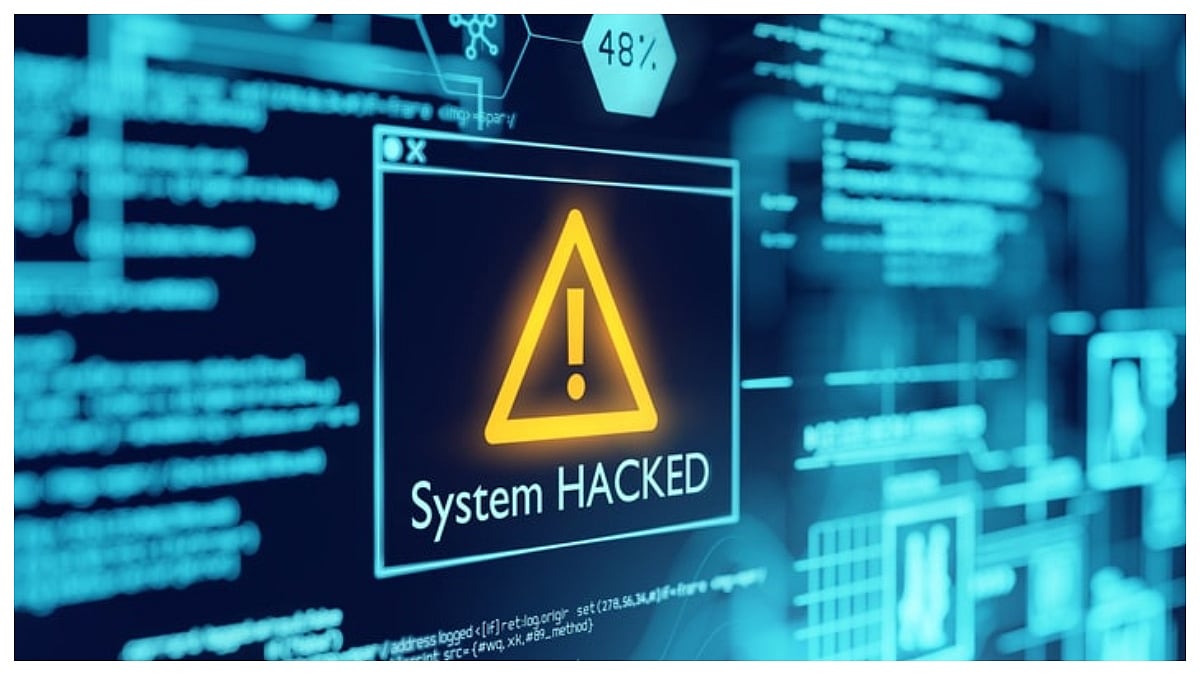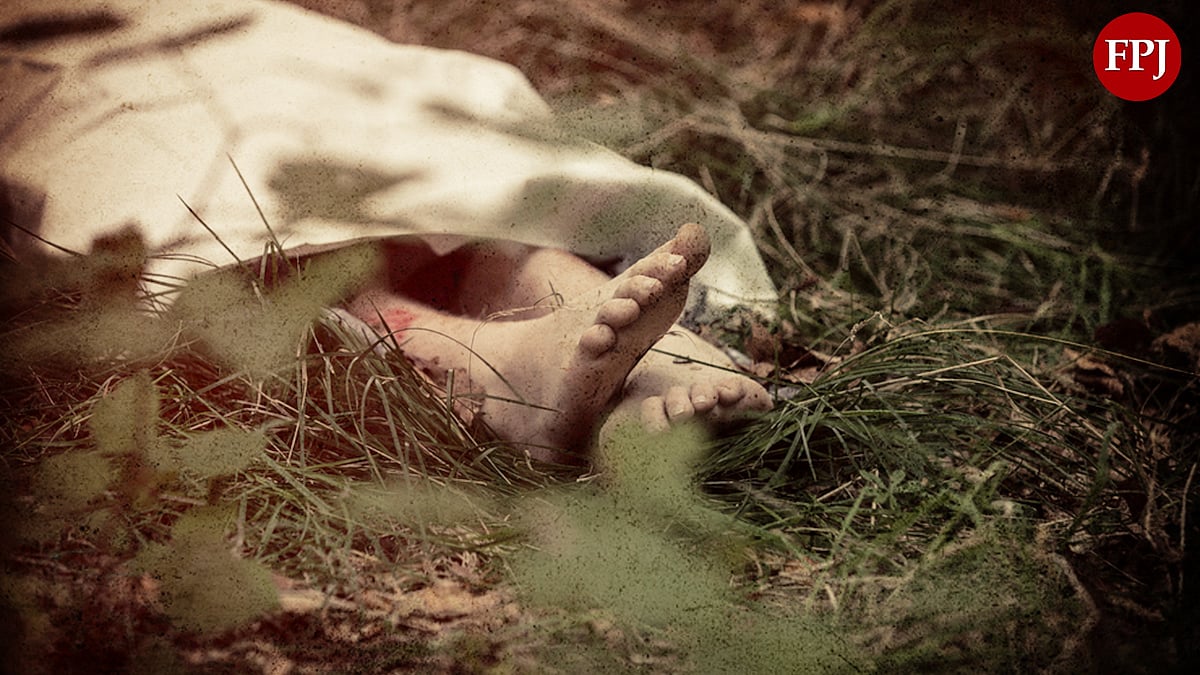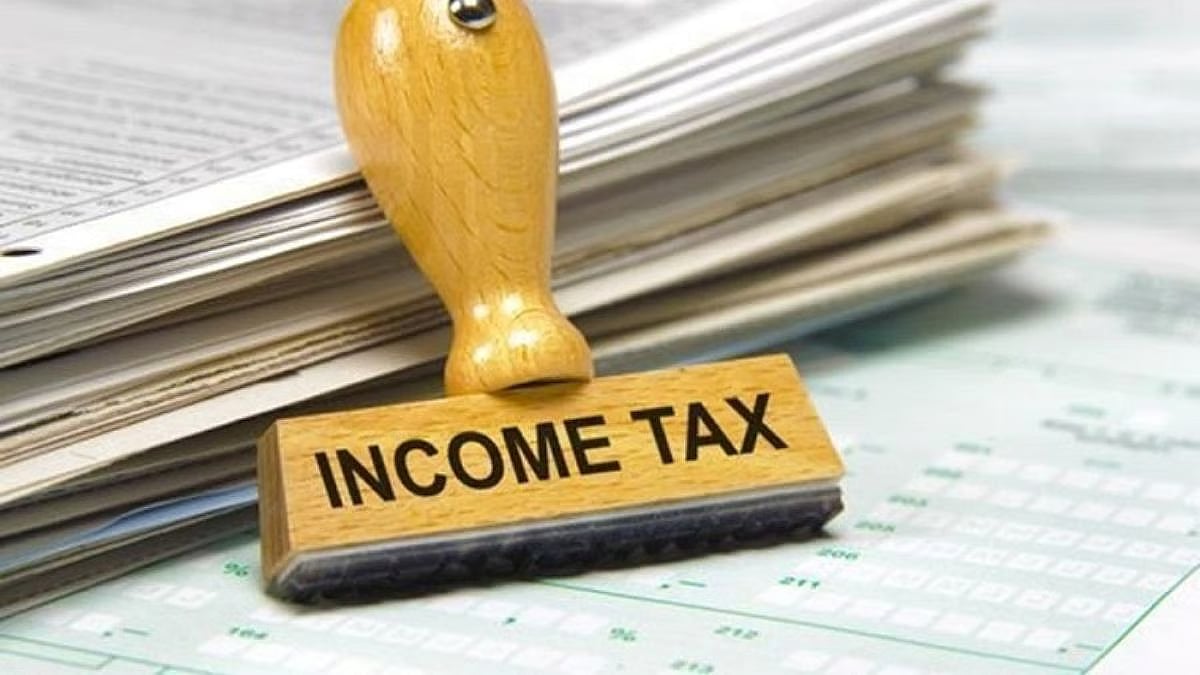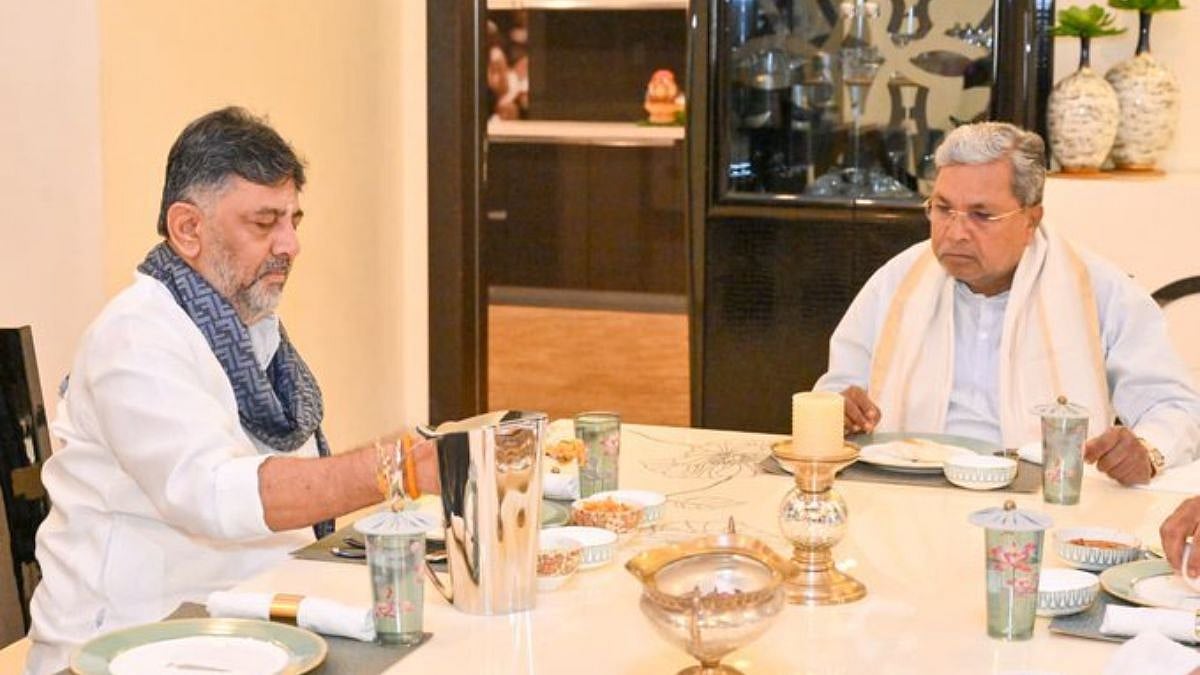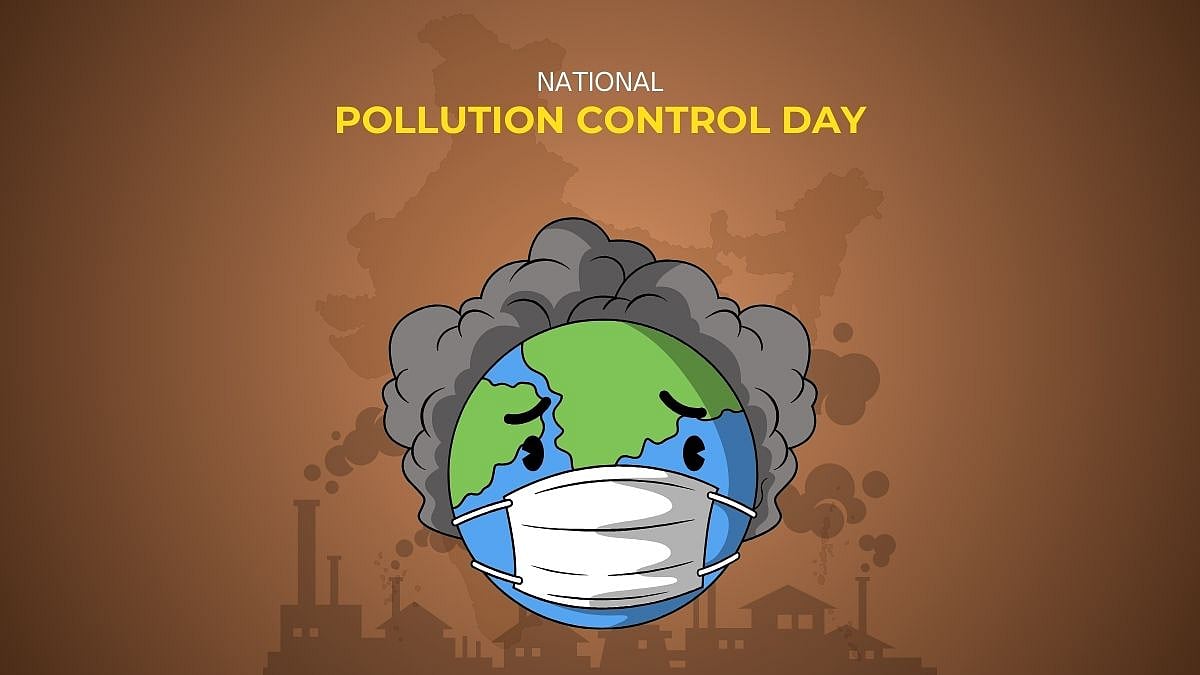Mr. Sarwar Jahan Chowdhury, an opinion contributor to the Dhaka Tribune, wrote recently about the partition of the Indian subcontinent, and wondered how a ‘United Bengal’ would look. The op-ed commenced with a brief summary on the partition of Punjab and the subsequent population exchange, which was violent in Punjab but not in Bengal. Then, the writer of the op-ed continues by modifying history, downplaying the massacres against Hindus.
Mr. Chowdhury even employed straw-man arguments, saying that ‘’Bengali Hindus tried to justify the 1947 division of Bengal with Kolkata and Noakhali riots of 1946".
As he put it: "There were a few thousands deaths, and in these two places and perhaps in some other places too, people were worried for some time. But these were no way even near to the bloodbath of Punjab or Jammu massacre."
In that sentence alone we can observe historical disinformation and dishonesty of epic proportions. Then, the op-ed claims that it was the Bengali Hindu elite that got ‘carried away’ by the words of Mountbatten, Nehru, ‘Kripalini’, Syamaprasad Mukherjee etc.
Mr. Chowdhury concludes his op-ed by writing that a United Bengal would have equality for all, and that a United Bengal would have encouraged Assam to join it too. Let us examine if any of that is true or even remotely viable.
The seeds of the partition agitation were sowed decades before the actual event. To pinpoint a year, it was the Bengal partition of 1905, which prompted major violence, including communal undertones, eventually leading to the partition of 1947. The British colonial administration claimed that the bifurcation of Bengal was to improve the efficiency of the administration. The leaders of Bengal, however, thought that the partition plan was a direct attack upon the growing nationalism in the region, which was particularly strong among Bengali Hindus at the time.
They were not wide off the mark. Part of the partition policies included giving Muslims ‘political advantage’, and Lord Curzon himself delivered a speech at Ahsan Manzil and promised that the British administration would make Dhaka the center of Muslim power. Yes, the British, who had toppled Siraj ud-Daulah, the Nawab of Bengal, subsequently capturing Bengal, were lamenting the loss of Mughal Bengal and swearing to bring it back.
When Bengal was partitioned for the first time, it was mostly Bengali Hindus who protested the vivisection of their motherland. The Muslims of Bengal saw the protests for the annulment of the 1905 partition as a ‘Hindu-interest-driven’ movement instead of a resistance against the British colonial power. Hence, when the 1905 partition was annulled, the Muslims grew resentful, for they saw the re-unification as a concession to the Hindus’ demands. Even A.K Fazlul Huq, who is called ‘Sher-e-Bangla’ by Bangladeshis, was unhappy with the annulment and demanded compensation to the Muslims. Political zeal among the Muslim elite grew even stronger after the re-unification. The Muslims of Bengal did play a huge part in the political mobilization.
The All India Muslim League was founded in Dhaka. Separate electorates were created due to the Muslim demands. Numerous communal riots took place in East Bengal, such as the 1926 and 1930 East Bengal riots, where Hindus were attacked by the Muslims. It is a historical fact that the demand for the creation of Pakistan was very strong among the Muslims of Bengal. This may have been due to the fact that the Muslims felt that they were disadvantaged by social stratification, wherein the top levels were almost exclusively Hindu as it was this community that provided most of the traders, lawyers, doctors, professors and other members of the urban bourgeoisie.
Many events transpired in between the 1905 Bengal partition and the 1947 partition: the Swadeshi Movement, Khilafat Movement, Salt March, the 1932 Communal Award, the Lahore Resolution, and the Quit India Movement. Also of import was the Bengal famine during which the Muslim League government, appointed by the British administration after Fazlul Huq’s coalition government failed, had been ruling. Not to forget that the world had been embroiled in the first and second World War, both of which echoed in the colonial Indian political climate.
In 1946, the British colonial administration had sent the Cabinet Mission to negotiate the conditions based on which power would be transferred to the people of India. As the Cabinet Mission Plan did not satisfy anyone, Muhammad Ali Jinnah called for ‘Direct Action’ and directly implied violence. In fact, agitations for ‘Direct Action’ had been taking place months before, after the Muslim league had won 87% of the seats reserved for Muslims in every single constituency (in Bengal, Muslim League had gotten 95% of the votes).
So, when the ‘Direct Action Day’ took place, a week-long massacre occurred. It is established that the Muslim League government of Bengal had agitated and aided its Muslim populace and underworld goons to kill Hindus. Not only goons but the police and other officials participated in the looting and molestation of Hindus. Hindus in Calcutta (Kolkata) weren’t totally unprepared; and due to the previous communal riots and strong base for revolutionary activities, Hindus did put up a defense. However, the week of the Long Knives led to many rotting corpses, and possibly worse was to come.
A few months later, possibly the worst case of genocide took place before the partition; the Noakhali genocide. Yes, it was a genocide. It was a systematic massacre, rape and eradication of a Hindu minority in Noakhali. It was so systematic that the Muslims attacked unsuspecting (or suspecting) Hindus on their holy day of Kojagari Lakshmi Puja. It was so systematic that islands with no motor vehicles had gotten petrol imported from the mainland to set Hindus property on fire. So systematic that the regular population aided the rape and forced conversions. So systematic that the ‘League volunteers’ searched every boat that carried Hindus who were fleeing. The attacks were indiscriminate, meaning that the Muslims did not differentiate between a rich Hindu or a poor Hindu, an ‘upper’ caste or a ‘lower’ caste. All were robbed and assaulted. Note that the attacks were excused by explanations such as ‘economic inequality’ and ‘Hindu dominance’. This was even after the Bengali Hindus’ political representation was curbed by the British administration, and larger quotas were awarded to the Muslims, allocating several posts to the Muslims.
About that ‘Kripalini’, whose name Mr. Chowdhury had misspelled; Sucheta Kripalani had carried a capsule of cyanide on her while she was in Noakhali because Gholam Sarwar Hosseini, a politician from Fazlul Huq’s Krishak Praja Party and the great instigator of the 1946 Noakhali genocide, had it put out that whoever could rape Sucheta Kripalani would be honoured with the title of 'Ghazi' (Hero). Mr. Chowdhury also alleged that Bengali Hindu leaders, such as Dr. Syamaprasad Mukherjee, were emotionally swayed when campaigning for partition. Well, it must be noted that it was Syamaprasad Mukherjee who had received the letters from Hindus who cried out their distress and pleaded for help. He was on the ground in the refugee camps, witnessing the suffering of his people. This, perhaps, is a pretty good reason to get emotionally swayed.
All that time, the Muslims shouted slogans, demanding Pakistan. The Muslim League had gotten an overwhelming victory, and they certainly wanted Pakistan. After the devastating riots, it was a matter of survival for Hindus to not desire to be part of Pakistan nor a ‘United Bengal’. On 23rd April, Amrita Bazar Patrika published an article titled, Homeland for Bengali Hindus where the results of a Gallup poll were published. The survey revealed that an overwhelming 98.3% of the Bengali Hindus wanted the partition of Bengal and creation of a separate Bengali Hindu homeland. Some writers claim that the publication was read by “elite Bengali Hindus” and that the elite campaigned for the final partition. To that, one can say that too much had happened for a reconciliation. Suhrawardy, yes, the same man who had agitated Muslim mobs to attack Hindus in Calcutta, the same man who was the Prime Minister of Bengal, which was under a Muslim League governmet, that man was soliciting for a United Bengal.
Although Sarat Chandra Bose was one of the few Hindu leaders who was in favor of a United Bengal, one must not forget how even he criticized the authorities of Noakhali for grossly underestimating the numbers of casualties and the damage. Indeed, Bose’s rationale was mostly economical, and he, along with Kiran Shankar Roy, had certain conditions if this United Bengal were to happen. Those conditions were that all Hindus, regardless of caste (important to note here is that the Muslims were never divided along social status when separate electorates were created by the British administration), would have an equal share in all positions of society. This proposition was rejected by both Hindus and Muslims; Hindus feared the ‘Pakistanization’ of Bengal and Muslims wanted the surrender of Hindus. At the end, Bengali Hindus, from the landed gentry to rural peasants, and Christians, too, voted for the partition of Bengal.
Bengal was partitioned for the second time in 1947. Millions of people migrated and resettled. Although a complete population exchange did not happen in Bengal the way it happened in the western frontier, it continued to happen over the decades due to several anti-Hindu riots and the extreme insecurity among the minority community of East Pakistan, such as the 1950s East Pakistan genocide and the 1964 Hazratbal riots. Hindus were branded as the enemy. Hindus’ properties were robbed, and this was all state sanctioned.
The Enemy Property Act has only changed its name to Vested Property Act after the 1971 Liberation war. However it remains draconian. The state of Bangladesh still does not recognize the crimes against its Hindu and other non-Muslim minorities. The op-ed claimed that a United Bengal would have been equal. If so, could the author guarantee that an event like the Ramna Batamul Bombing would not have happened in ‘United Bengal’? Or that Hindus would not have suffered from extreme hate speech and attacks even after the 1971 war, the war where the Hindu community suffered disproportionately?
The author of the op-ed made it sound like an easy choice to give up on everything and start anew. Considering all these historical facts, it is more likely that a ‘United Bengal’ would have never worked, and that a ‘Greater Bengal’ is an active threat to the existence of not only Bengali Hindus but the various peoples such as the Rajbongshi, Hajong, Santhal, Garo, Chakma, Marma, Tripuri, Tanchangya, Chak, Pankho, Mru, Bawm, Lushai, Khyang and Khumi peoples, who all reside in the area that comprises of modern day Bangladesh.
Stories of Bengali Hindus, in their own words, 'is a collective of descendants of East Bengali Hindu survivors of working to preserve forgotten stories of our persecution and our heritage'. The views expressed in this article are the author's own.
